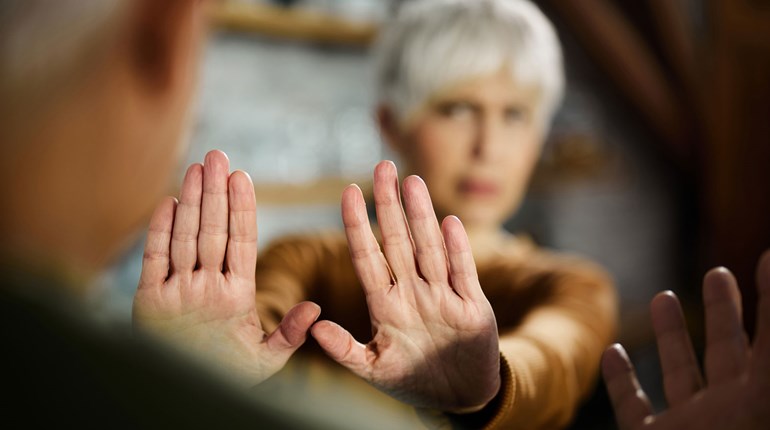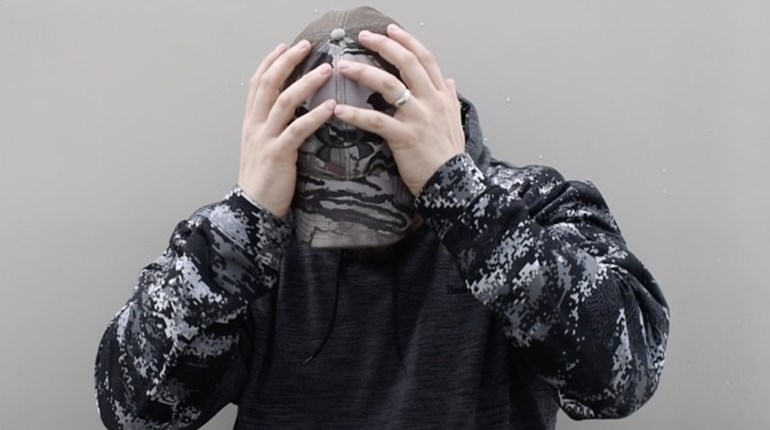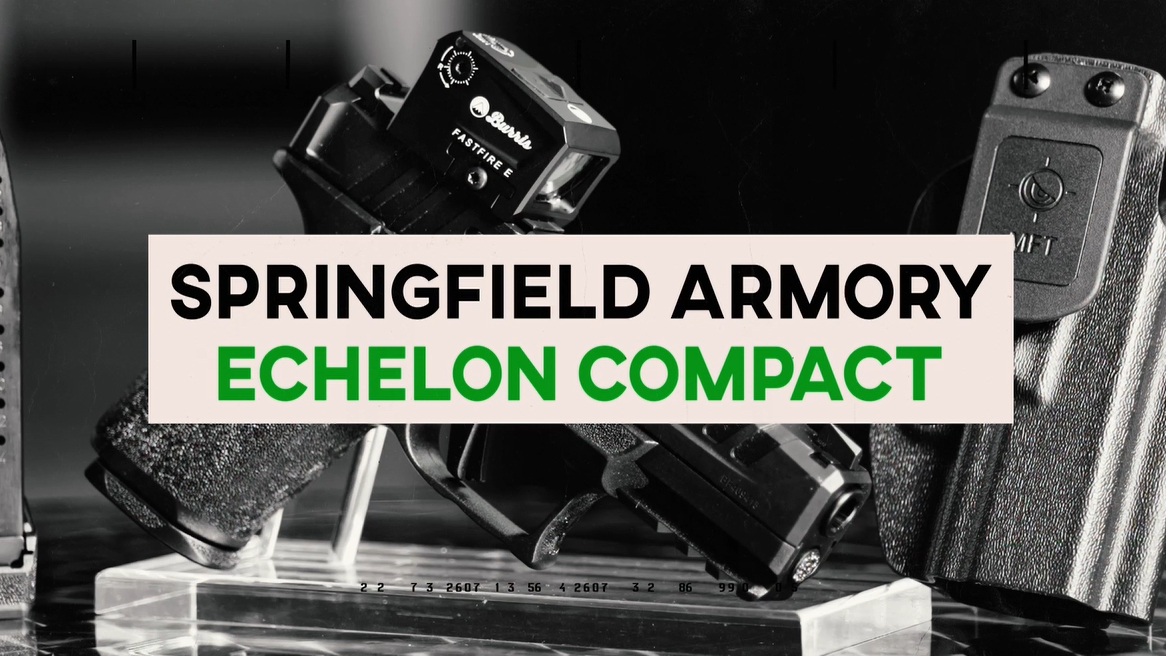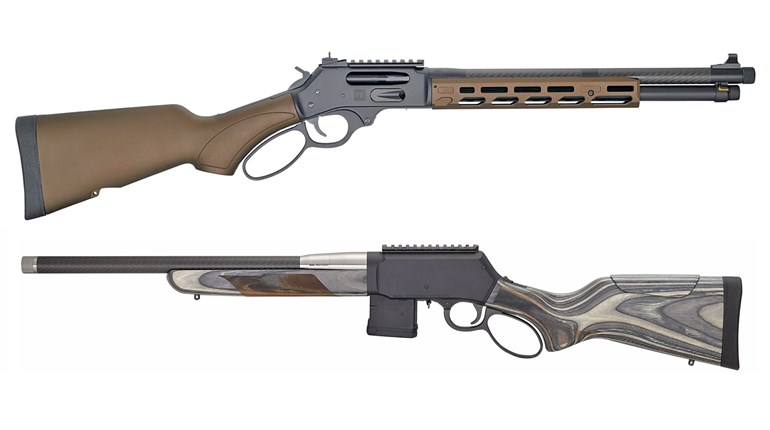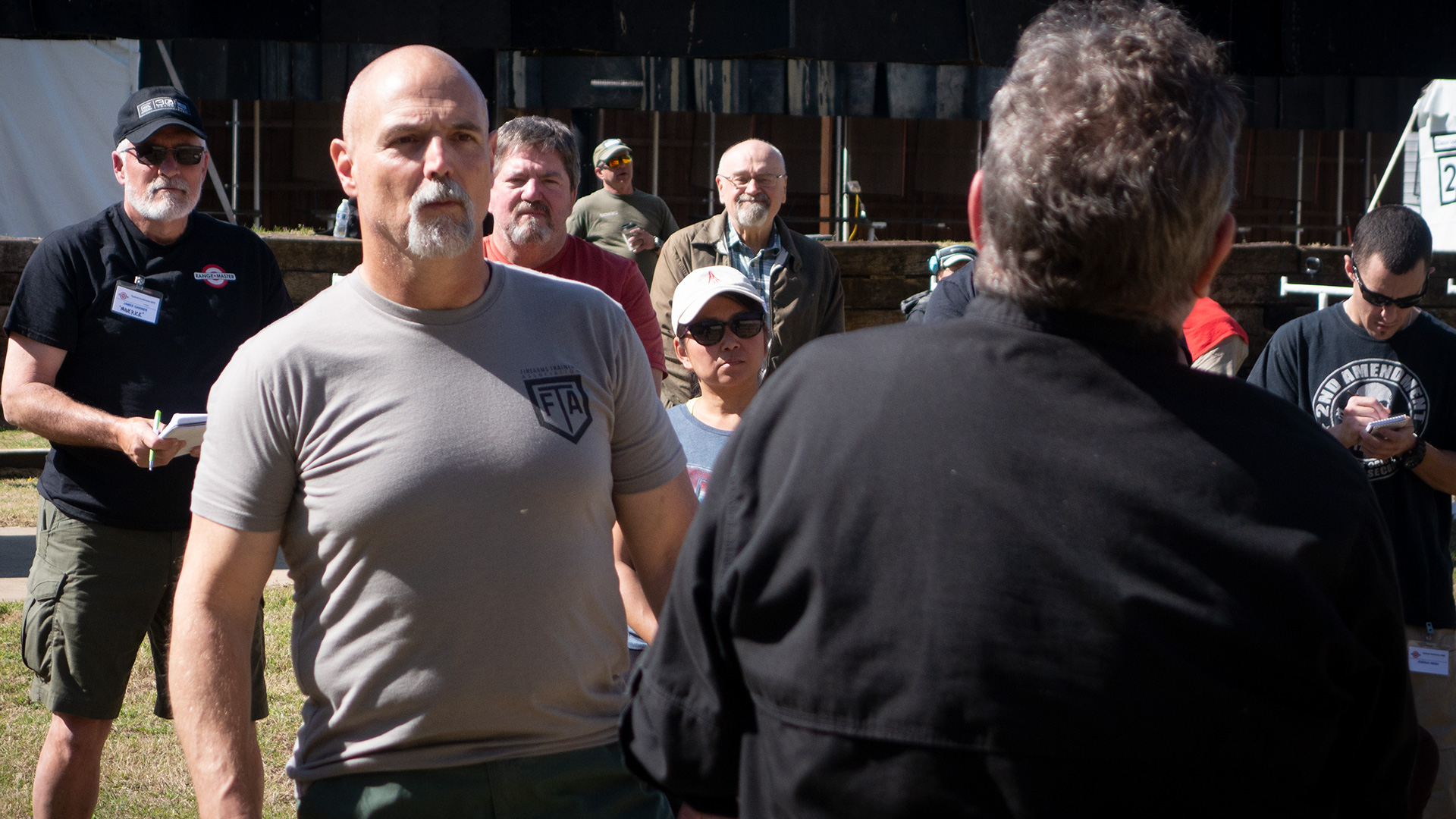
Each of us has encounters with strangers every single day of our lives. The vast majority of these encounters are just normal, everyday events such as paying for things in a retail store or talking with people in line at the movies. These types of things don’t cause us any concern. They feel normal because they are normal, and shouldn’t cause us any problems as we go about our day.
Occasionally, though, we have encounters that are out of the ordinary. It could be any number of things, from a panhandler asking for loose change to the sudden appearance of a stranger asking to use our mobile phones. Instantly, we know that something is not right about them, and we need to deal with a situation that has a greater chance of turning to violence.
Dealing with this sort of encounter is defined as “Managing Unknown Contacts” (or “MUC” for short), and was the subject of a two-hour class I attended at the 2022 Rangemaster Tactical Conference in the suburbs of Dallas, TX. The class emphasized the idea that owning and carrying a defensive firearm with you on a regular basis is not a “be all and end all” solution to our personal safety. Knowing how to deal with an overly aggressive stranger without bringing a firearm into play can keep you out of our court system, and being able to let a potential attacker know that you are not to be trifled with can stop a violent encounter before it even starts.
The techniques taught in Managing Unknown Contacts were first created by Craig Douglas, aka Southnarc. The class at the Rangemaster Tactical Conference was taught by Chuck Haggard and Cecil Burch. Chuck is a well-known law enforcement officer and firearms trainer who specializes in teaching less-lethal methods and pistol skills for the average citizen. Cecil has a long history in the martial arts and teaches an integrated approach to combatives and the defensive pistol.
The class emphasized the importance of being aware of our surroundings and using the clues and signals we pick up from the people around us. The fact is, the faster we pick up on the fact that “something isn’t right,” the more options we can employ and the better we can articulate the reasons for our actions after the fact.
“There isn’t a fighting system in the world that teaches you how not to fight,” Burch said. “We need to understand that cell phones and surveillance video cameras are everywhere, and we need to take that into account. A video of one person clearly backing away and trying to disengage looks completely different than a video of two people yelling at each other and then getting into a fight. We want to make sure our actions and our body language clearly show that we are not eager for a fight, because we can’t count on a camera picking up our words on the recording.”
Once a potential “That doesn’t seem right” problem is identified, our goal is to keep the unknown contact as far away as we can. More distance between you and the unknown contact means more time to react, and more time gives more options like running away, deploying a less-lethal response or going to your gun. Just a few feet in between you and the person you’re dealing with can make a big difference. Haggard explains why.
“I call it ‘micro-ranging’,” he said. “Close distances, 3 feet or under, are where we like to keep our family or close friends. Further out, 5 feet or so, is where we interact with strangers who we know aren’t going to cause us a problem. Anyone else should stay well outside that area.”

Keeping people who “Just don’t look right” at a distance is first done with verbal commands. Typically, these types of encounters start with a question, something like, “Hey, can you loan me a dollar?”. Our response should include a command for them to come any closer, and consist of three different types of commands.
- Request the person not come any closer.
- Ask again, with more force. If they persist in trying to close the distance between you, it’s a good sign that something isn’t right, which means it’s time to…
- Yell the command to “Stop!” at the top of your lungs. If they still keep coming, then it’s up to you to choose an appropriate response to the danger you perceive is headed your way.
Body language also plays a large part in this sort of thing. If you present your hands up in a non-threatening manner, such as clasped in front of as if praying or waving around as you are talking, it allows you to keep them out to block any incoming assault, without looking like you’re itching for a fight.

Movement is also important. Attackers quite often work in pairs, so moving to one side or the other and keeping an eye out for any other interested parties is also a very good idea. We don’t want to escalate things by assuming an aggressive stance in what could be just a simple request for spare change. On the other hand, we don’t want to be caught off guard and let an attacker in too close.
At night, a flashlight can accomplish many of these goals, all by itself. A bright flashlight lets potential troublemakers know that “something isn’t right” because we’re aware that it's dark outside and that trouble might be out and about in our vicinity.
The goal of this class was to help people like me, who have chosen to live the armed lifestyle, a way to assess the amount of danger another person might present to us, without letting them get too close to us, while still maintaining a normal, relaxed body posture. We shouldn’t be hunched over, afraid of every random stranger that might pass us on the street. Rather, we should have the skills, tools and knowledge to spot trouble before it becomes dangerous, and defuse the situation before it gets out of hand.













